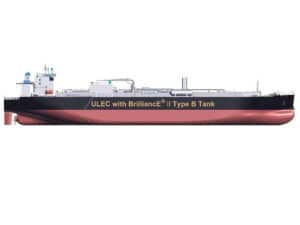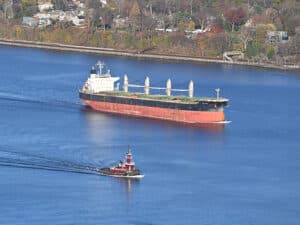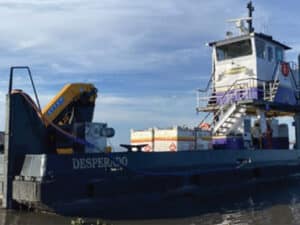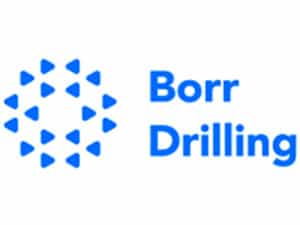
WASP wind assistance project concludes
Written by Nick Blenkey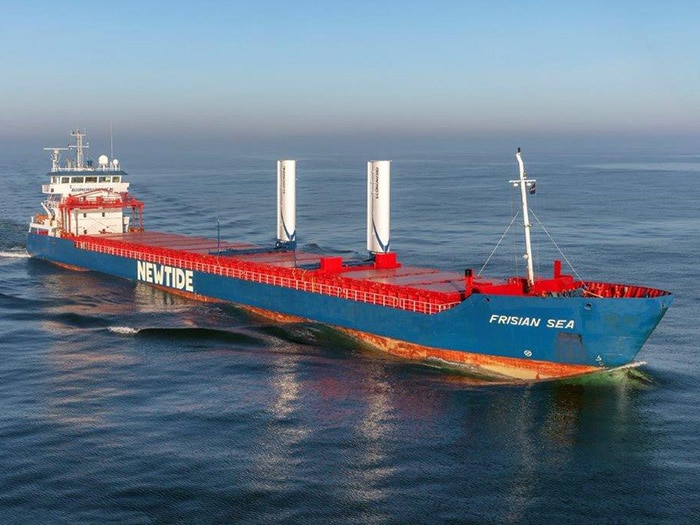
Boomsma Shipping’s bulker M/V Frisian Sea was retrofitted with eConowind VentiFoils as part of WASP project. [Image: IWSA]
The International Windship Association (IWSA) reports that the EU-funded WASP (Wind Assisted Ship Propulsion) project has officially concluded. Its successes include:
- Five commercial vessels retrofitted with wind-assist systems.
- Three different wind propulsion technologies tested.
- Third-party validations conducted to verify actual fuel savings achieved.
- Other key deliverables concerning performance indicators, standard sea trials and decision-making tools have also been concluded.
The WASP project brought together universities, wind-assist technology providers and ship owners to research, trial and validate the operational performance of a selection of wind propulsion solutions.
IWSA says that after three and a half years the project “has generated a significant stream of much-needed information and transparency around wind propulsion technology selection, installation and operation, contributing greatly to the general development of the wind-assist sector both in the North Sea region and beyond.”
The five installations of wind propulsion technology will continue to provide examples of how wind propulsion systems can be deployed as retrofits on various different vessels. As expected, says IWSA, fuel savings from these systems are variable, delivering up to 10% saving depending on the route and vessel operational profile.
These installations have also contributed to the generation of three points of reference for different wind propulsion technologies and shipping segments that will support ship owners to make investment decisions going forward.
Marko Möller, manager special projects at Scandlines, one of the ship owning companies involved in the WASP project, says, “We are proud to be part of this amazing project. By the WASP installations realised and evaluated during the project lifetime, wind technology proved to be an important element of the decarbonization process of shipping. For Scandlines, the positive results were a decisive factor to install another rotor sail on the sister ferry of the Copenhagen.”
Johan Boomsma, co-owner of Boomsma Shipping, another of the ship owning companies involved in the project says: “We believe energy efficiency is key and are always open to new developments. That is why we are sailing with the eConowind VentiFoils on M/V Frisian Sea. I think the three major factors – unit costs, fuel prices and European ETS legislation – are combining in such a way that wind-assisted propulsion will soon become one of the standard solutions.’’
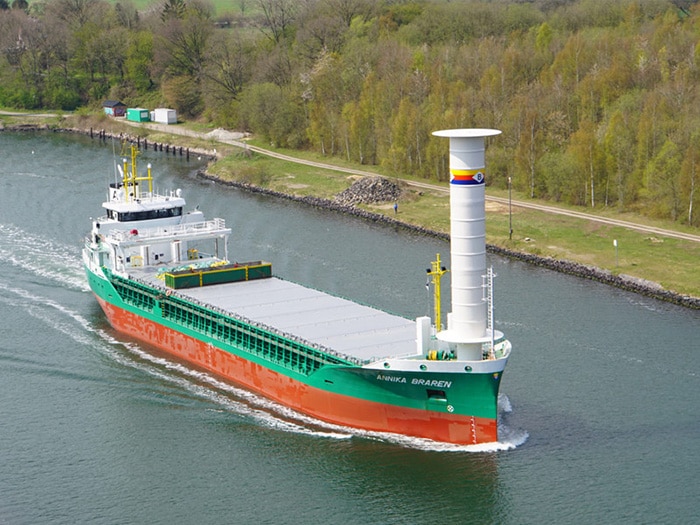
The WASP project has also played a key role in developing standard procedures for sea trials for wind propulsion technology-equipped vessels and the creation of standards for KPI’s in collaboration with the International Towing Tank Conference (ITTC). These are significant developments that reduce the barriers for the uptake of wind propulsion solutions.
In addition to the vessel installations, the project has had a strong focus on the educational field. Twelve key educational events have been held at project partner universities along with others in Enkhuizen Maritime Academy, the Delft Technical University and the World Maritime University.
Although the project has drawn to a close, the continued use of the deliverables from its four work packages will help to inform the industry and policy makers going forward.
The WASP Project website will remain active and project partners will continue to build on the foundations laid by the project. Visitors to the website can access extensive information about the technology installations and even track the ships fitted with wind propulsion technology as part of the project. The output section on the website houses copies of all of the deliverables from the project partners, including scientific reports, policy briefs, academic papers, finance and decision-making tools.
IWSA, a key partner in the project, has pledged to continue to integrate the deliverables from the WASP Project into its work and to also maintain the expert database on the IWSA website.

